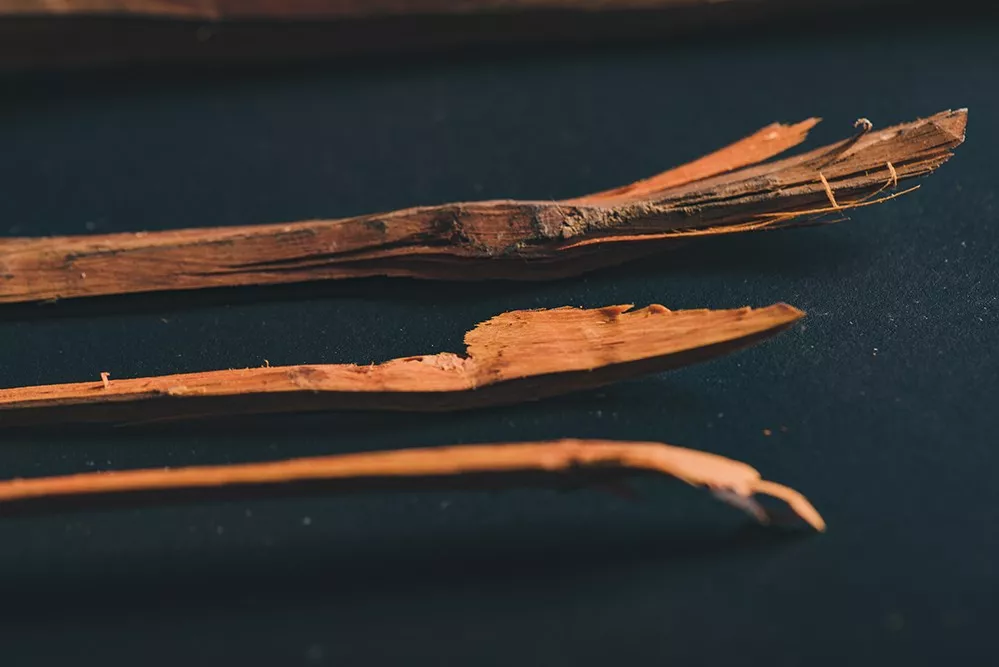
By Thao Phuong
Being mindful of what we wear is not just a nod to our eco-friendly effort in this climate change era, it is also taking responsibility for our health.
Synthetic fabrics like nylon, polyester and acrylic might be cheaper and quicker to produce on a large scale, but they take many years to disintegrate, if at all. Microfibres from these fabrics get washed into the ocean, further polluting the environment. The production of polyester is also reliant on petroleum, a derivative of fossil fuel, which is non-renewable.
Most of these non-natural fabrics are not “breathable” and are not good for our skin. Coupling this with the use of synthetic dyes, many of which are toxic and even carcinogenic, it is clear that actions have to be taken so we can seek alternative options that are healthier and better for the world we live in.
Ayurveda essentially means “life knowledge”. It is a concept of wellness that can be traced all the way back to 6000 BCE, making it possibly the oldest medicine on Earth.
Clothing designers are harnessing this ancient knowledge and referring to Ayurvedic recipes to dye fabrics. These recipes call for the use of plants, where colours are extracted and medicinal qualities are obtained, imbued onto fabrics, and transferred to the wearer.
Spices like turmeric, cinnamon and cloves are not only kitchen favourites, their powerful healing properties and vivid colours make them popular agents for natural dyeing. For instance, turmeric creates different shades of gold and yellow on fabrics. It also aids in digestion and can reduce inflammation.
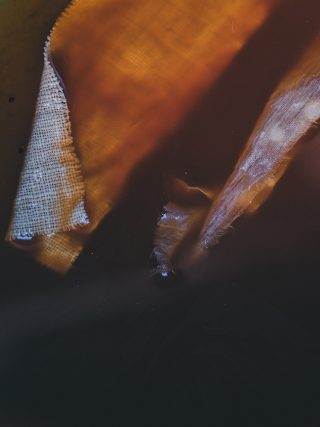
Natural dyes can also be extracted from flowers. Many heirloom blooms are wonderful sources of botanical dyes. Think dark-coloured zinnias, marigold and calendula. Not only are they pretty to work with, they also have a wide range of calming and healing properties.
Green plants offer a variety of colours when it comes to dyeing. From neutral beige that originates from Indian Lilacs, also known as Neem plant, to the earthy olive green yielded from Holy Basil, a common aromatic perennial, fabrics dyed with green plants often have anti-microbial and immunity-boosting properties.
Brown tones are not only zen-like when dyed on fabrics, they are easily accessible through plants like dye yam, a Vietnamese plant root that resembles potato ‘nhuộm củ nâu”, and food items like coffee grounds, fennel bulbs and juniper berries. Some of the more elusive colours like purple can also be extracted from plants. In Vietnam, magenta leaves or “lá cẩm” is a popular source for purple dye that is used for colouring fabrics as well as food items like sticky rice.
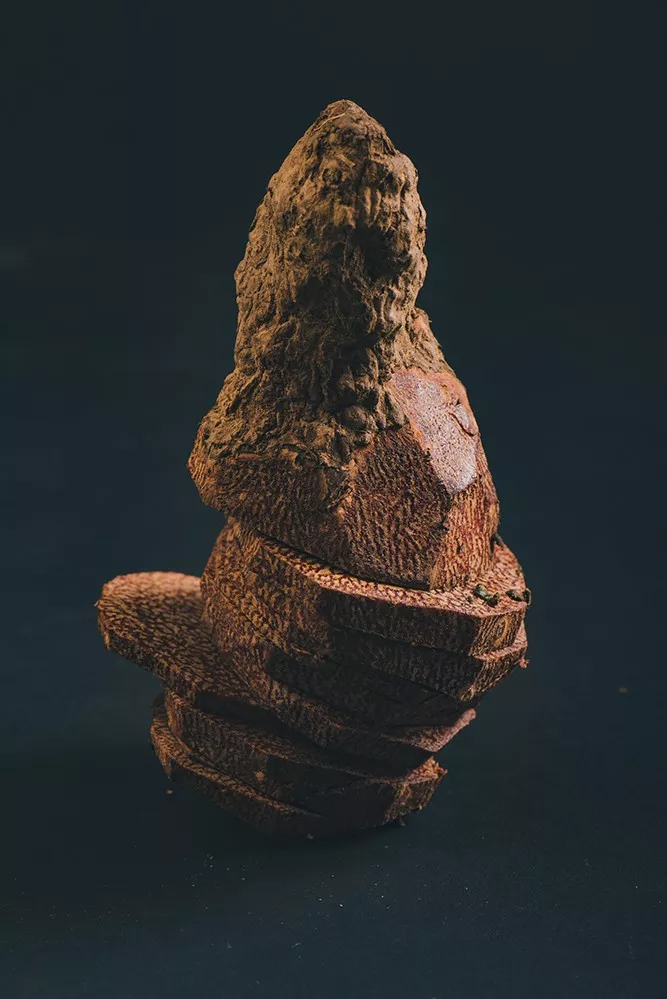
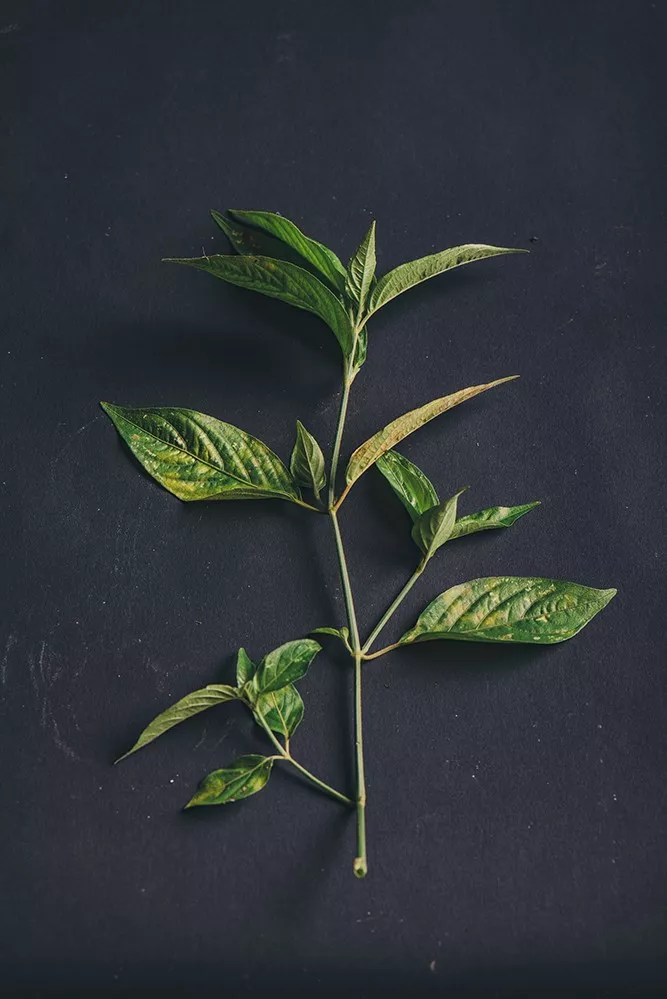
One of the most famous green plants used for dyeing in Vietnam is the indigo plant. Indigo is very good for detoxification and reducing inflammation. The leaves from the Indigo plant have to be fermented before the iconic blue dye can be created. The H’mong tribe in Vietnam’s Sa Pa region is well-known for their ancestral textile practice, and one of the techniques they are associated with is indigo dye making and indigo fabric dyeing.
Fashion that heals go beyond herbs and spices. Colours can also be a form of therapy.
Blue is often said to represent royalty. Evocative of the sky and the sea, it is a shade that brings tranquility. Other than Indigo, plants that produce natural blue dyes include leaves of Devil’s-Bit Scabious and the luscious Elderberries.
Yellow is another very common colour and is perceived as energetic and uplifting. It is believed that yellow was one of the first colours historically used in painting. Besides turmeric, there are plants that can produce natural yellow colour, such as Barberry stem and Bracken roots.
Red is the colour of vitality. One of the ethnic tribes in northern Vietnam is the Red Dao tribe, who is very clearly identified by the intricately embroidered traditional red garments worn by the tribes’ people. While red colour is rarer to come by as a dye, plants like the Bedstraw roots as well as Dyer’s Woodruff can be used to derive natural red dye.
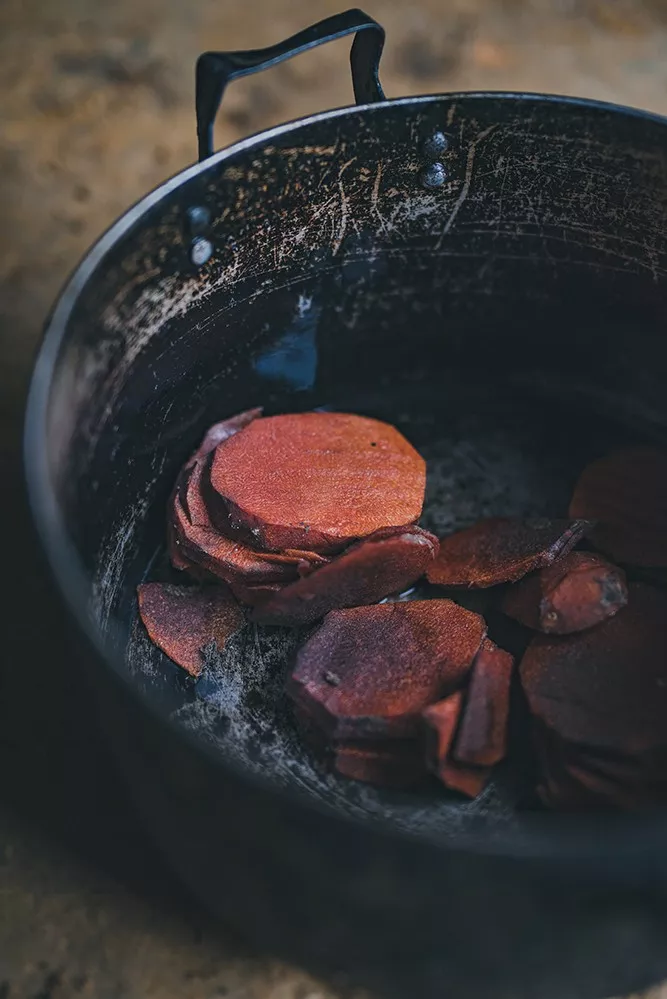
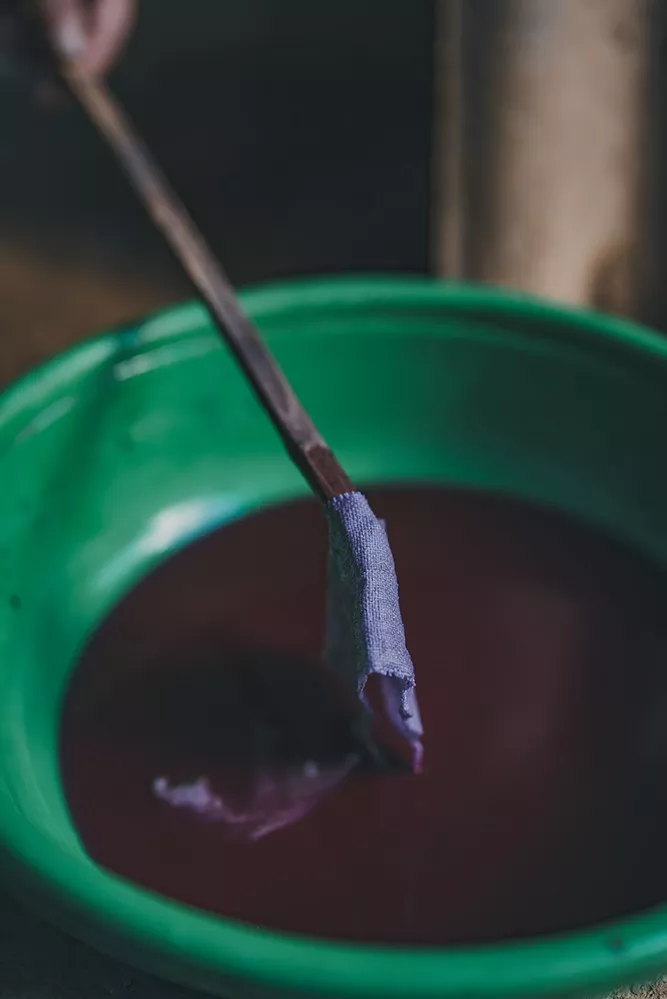
In this sense, Ayurvedic fabrics act as a form of support to the wearer. Nevertheless, the combination of fashion with natural medicine is an interesting angle for all of us out there who are keen to take a sustainable approach and incorporate that in our daily lives and wardrobes.

Thao Phuong
Fashion Designer and Founder of TextileSeekers, a luxury retreat brand that champions the use of plant-based natural dye as well as recognise the need to preserve traditional textile techniques. You can find out more about TextileSeekers at www.textileseekers.com










3 comments